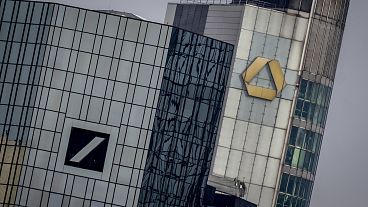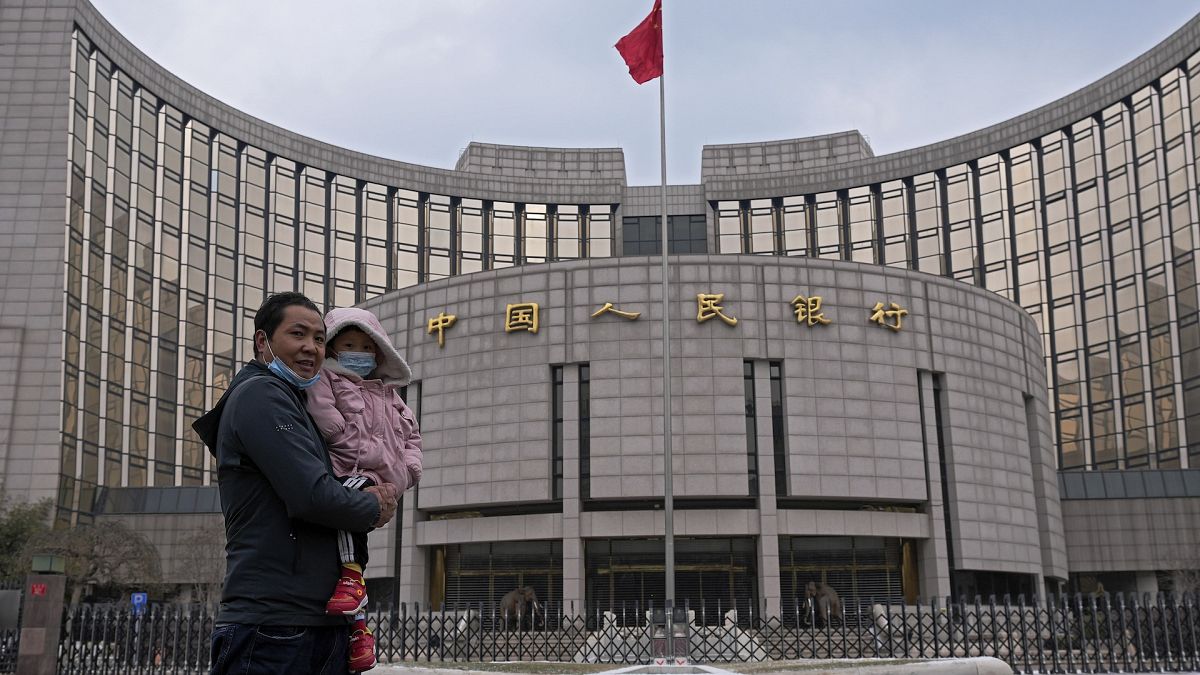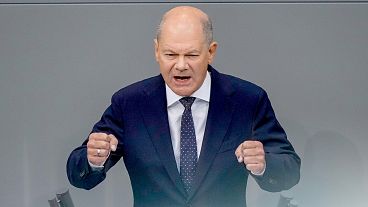After unexpected cuts in July, the People's Bank of China (PBOC) left the one-year and five-year Loan Prime Rates (LPR) unchanged. Amid recent mixed activity data, China's economy shows signs of a modest recovery.
The PBOC has left its key lending rates - the one-year and five-year LPR - unchanged at 3.35% and 3.85%, respectively, after cutting them to new record lows last month.
The one-year LPR serves as a benchmark rate for business and household loans, while the five-year LPR is the rate used for mortgages.
Chinese officials view these two lending rates as tools to regulate business growth and consumer spending.
A balancing act to support the economy
Today's decisions were widely anticipated, as two consecutive rate cuts were considered premature, particularly following the bank's measures to curb a frenzied rally in China's bond markets last week.
Chinese regulators have been carefully balancing efforts to bolster the economy while avoiding an overheated market reaction.
In July, the bank unexpectedly reduced two benchmark rates by 10 basis points. Additionally, it cut the seven-day repo rate by the same margin, from 1.8% to 1.7%.
These rate cuts followed the Third Plenum, a pivotal event guiding China's economic development for the next five years.
The move reflects China's ongoing efforts to stimulate its economy and achieve the growth target of 5% in 2024.
Market participants believe that the seven-day reverse repurchase operation rate could be used as the PBOC's benchmark policy rate to guide markets, replacing the medium-term lending facility (MLF) rate, which has been in use for the past two years.
China's government bond yields slumped to an all-time low following the surprising rate cuts in July, partly due to speculative trading activities.
The bank indicated that authorities needed to avoid drastic measures while pledging continued support for the economic recovery.
Last week, the PBOC instructed rural banks not to settle recent purchases of government bonds, leading to a surge in the benchmark 10-year government bond yield.
Mixed economic data points to modest economic growth
China's GDP grew by 4.7% in the second quarter at an annualised rate, much weaker than the estimated 5.1% and down from 5.3% in the first quarter.
However, recent data released by the National Bureau of Statistics of China (NBS) suggests that the economy may be experiencing a modest pace of growth in the third quarter.
Retail sales rose by 2.7% year-on-year in July, up from 2% in the previous month, indicating that the recent rate cuts have lifted consumer confidence.
However, industrial output grew by 5.1% compared to a year ago, marking the slowest rate in four months.
The weak production data reflects the third consecutive month of contraction in manufacturing activities and disappointing export figures in July.
In US dollar terms, exports and imports increased by 7% and 7.2% year-on-year in July, with the former missing estimates and the latter exceeding expectations.
Interest rates still predicted to fall
Despite this, the data indicates modest progress in China's economic growth.
Notably, new yuan loans in China plunged by 88% year-on-year to 260 billion yuan (€33 billion) in July, the lowest level in 15 years, signalling ongoing weak credit demand and sluggish domestic consumer spending.
However, the slow pace of bank lending may be attributed to regulatory crackdowns, as China has been limiting credit activities to avoid "self-circulating", according to a report from CNBC.
Some enterprises have been borrowing at lower rates and depositing the funds, which has undermined the PBOC's goal of supporting real economic activities.
Nonetheless, China is expected to further reduce its benchmark interest rates this year to support economic growth.
The global trend of central banks cutting rates will particularly encourage this move, as it reduces the risk of devaluation in the Chinese yuan.















